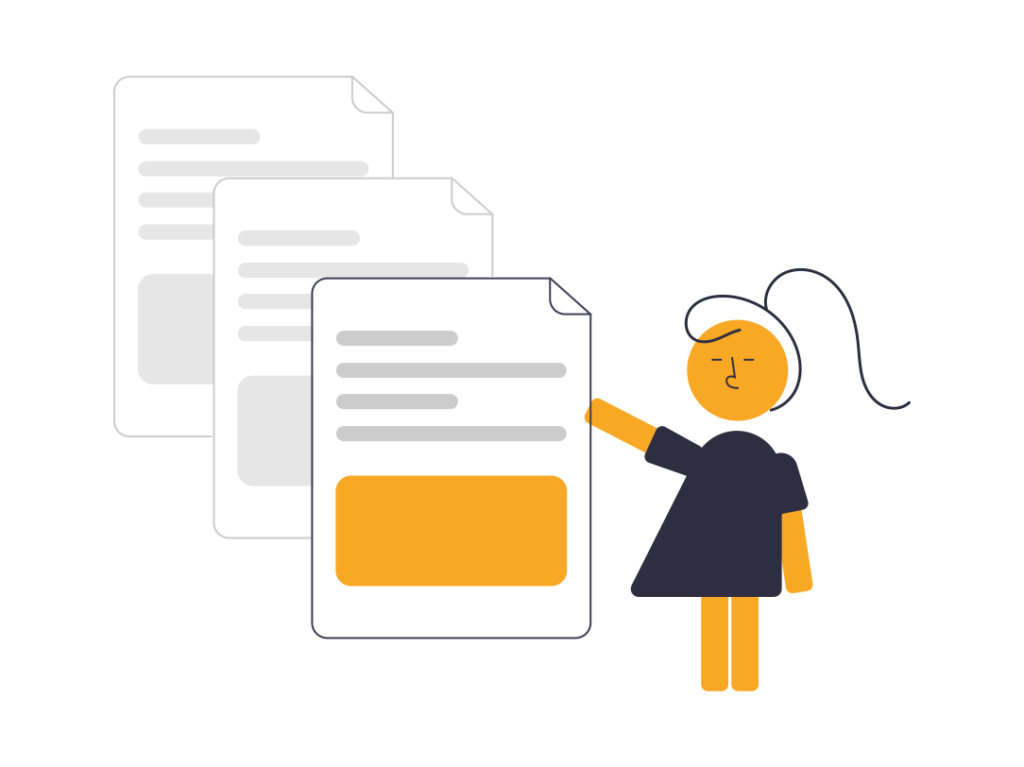it · lesson 1
"Shakespeare as a playwright; The tragedy of Romeo and Juliet; English Renaissance"
Lesson summary
The raising of the Industrial Revolution gave origin to the educational system to create products.Then it came to the era of consumption, and education is focused on developing services. Creativity and innovation are where we are now in education. None of the previous models applies any longer, and teachers became facilitators of content creation, empowering their students to co-create knowledge and develop new skills.
The paradigm to understand and accept is one way the students have a different world mindset as any new generation had at its time- and teachers need new tools to stimulate this new co-creation of content. The content is created once and put to another use, merged, combined, and transformed many times. Digital transformation has accelerated the technology implementation in several formats and software but not the mindset and needed skills. They run at different speeds.
There is a critical thing in the time we live—the human dimension of learning to facilitate the co-creation of knowledge. We need to focus on that to support the human side of the cross-fertilization among students. Exclusion is at any school class. Knowing each other will cooperate and and co-creation can happen. Using new methodologies and frameworks from business and research fields is a must.
The project implemented Agile, LEGO® Serious Play®, Liberating Structures, Games and Design Thinking. A combination of all at once became a powerful tool to rethink education.
The Globe theatre
The activity was originally designed for teaching reading, writing and comprehension for students B1. The teacher shows the video in the classroom, and she generates 20 questions the students must answer. In this way, she can evaluate the students.
It is a good approach. However, we question the following:
- What if the students can formulate the question?
- Are these questions the same as those of the teacher?
- What are their topics of interest?
- What if they play LEGO® in building the question?
Here is how we changed the knowledge co-creation
- Create a WhatsApp/Telegram group and send the video to the students. You can send it the day before to address the Flip classroom concept. Nevertheless, you sent it again on the teaching day.
- Ask them to build with LEGO® at least one question
- Bring all the questions written with the model and create a landscape.
- You can ask them to answer the questions or instead raise the level of the conversation by
implementing point - Cluster the models and ask what subjects the questions cover.
Indeed, some of the questions are the teachers’ questions, but many new ones will appear. Questions of their interest, so you win an engagement. A very fresh Agile concept is by allowing the students to generate the questions, you trigger their interestin the subject. Imagine they are working on a project by enabling them to select the activity/task they want to perform (instead of assigning it), they get committed, then it generates accountability therefore they deliver. The questions are the task.
By clustering the information, you define the Sprints order since each set of questions has a different significant value. The findings are these:
Clustered Questions refer to:
- What caused the fire?
- What about the wooden structure construction?
- Where was the location of the theatre?
- Were women allow performing the Shakespeare piece Romeo and Juliet?
- What influence Greek mythology had on Shakespeare?
- Who and How people were transported to the theatre?
- The Plague and the Puritans what is the connection?
Based on these clustered models, you initiate a new conversation instead of answering the questions.
- What Fire regulations were available then, and how are they different from now?
- What about the sustainability of the wooden structure? Does it apply any rules to constructions? Who were the builders compared with today
- Location impact at that time and now in terms of tourism development and income-generating for different businesses
- Was it the only theatre?
If the answer is NO, then exclusion was performed in the 16teen century;
- What do you think about women or any exclusion today?
- Do you have experience in the classroom?
- Greek mythology is 3.500 years old; what do you know about it?
- How many Master painters like Tiziano and others painted the Mythology?
- What kind of services were available, and who has the permissions?
- What was the impact of the Plague compared with the Corona Pandemic?
Suggestion: Ask the students to be creative in the question formulation. Most of them focus only on the Fire, limiting the findings’ quality.






